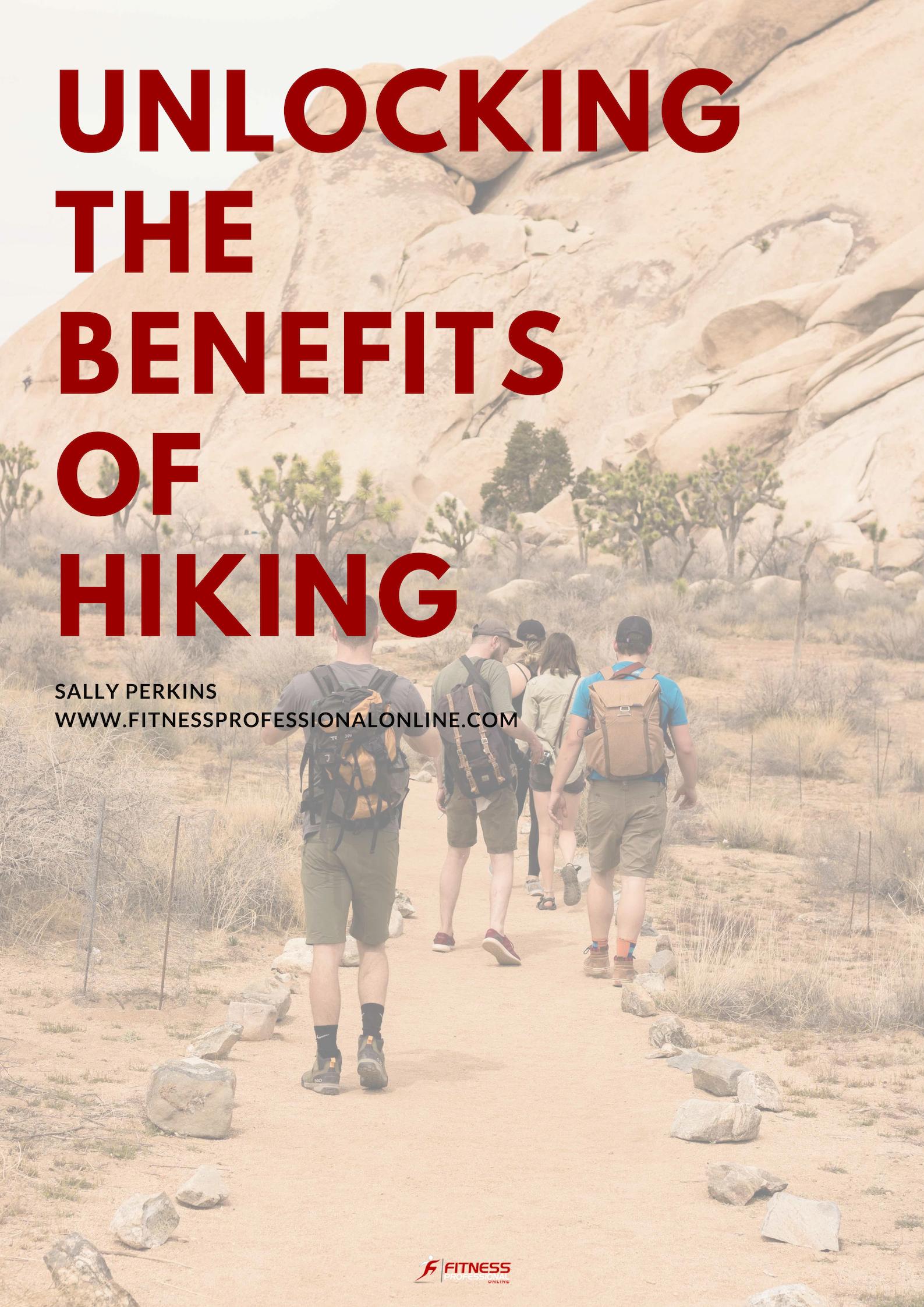More and more people are seeking the health benefits of heading outdoors. In 2017, hiking outranked fishing as the most popular type of camping recreation for the first time since the first iteration of the North American Camping Report. From the fresh air and stunning views, it can provide to the great form of cardio you can receive, hiking is suitable for many fitness goals and body types. Deemed a mind and body workout, hiking is an exercise that holds physical as well as mental benefits and can force you to get out of your everyday routine to experience the great big world waiting outside for you.
Is Hiking Suitable for Your Fitness Goals?
Hiking is an excellent form of cardio that has been shown to lower your risk of heart disease, improve your blood pressure, boost bone density, strengthen your core, improve your balance, help control your weight and even put you in a better mood overall. In fact, Gregory A. Miller, Ph.D., president of the American Hiking Society said that “Research shows that hiking has a positive impact on combating the symptoms of stress and anxiety. Being in nature is ingrained in our DNA, and we sometimes forget that.” And, research has shown that there’s actually something specific about hiking that is better for you than a quick walk around your block. This is because navigating uneven ground works different muscles than you would use on flat, man-made surfaces. So, if you’re looking for a full-body workout with a great view, hiking is absolutely suitable for your fitness goals.
What Areas of Your Body Hiking Targets
Most notably, hiking is great for cardio, especially if you are hiking in areas that have a lot of hills. Inclines as small as 5% to 10% can equal a 30% to 40% increase in calorie burn. Using hiking poles can actually help target certain areas of your body as digging into the ground and propelling yourself forward forces your upper body muscles to work harder. If you are looking to increase your muscle strength, specifically in your lower back, you can add a 10 to 15-pound pack on your back during hikes. To work on your balance and lower body muscles, try checking out some more scenic trails that provide tougher terrain. They might make you work for the view, but oftentimes the climb to the top pays off and provides you with a sense of accomplishment before snapping a photo to share on social media.
Getting the Most out of Hiking
The beauty of hiking is that it is suitable for all fitness levels and you can start slow if you need to. Search for local beginner hikes in your area and work your way up to more advanced trails as you become more fit and adventurous. In order to ensure your safety while hiking, it is recommended to always bring a buddy and familiarize yourself with the trail map, especially if it is your first time visiting the trail. Check the weather and dress accordingly while always remembering to stay hydrated. Last but not least, remember to enjoy the journey. Hiking is about immersing yourself in your natural surroundings while enjoying the trek to get wherever you’re going, even if that isn’t anywhere at all.
Was this Article Helpful?
If this article was helpful to you, please consider linking this article to your own blog or sharing this through the social buttons below. You will also find other great articles at “Youth Fitness“.
- 6shares
- 5Facebook
- 0Twitter
- 1Pinterest
- 0LinkedIn



















